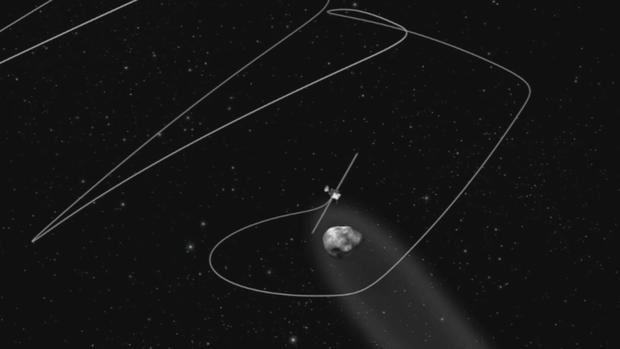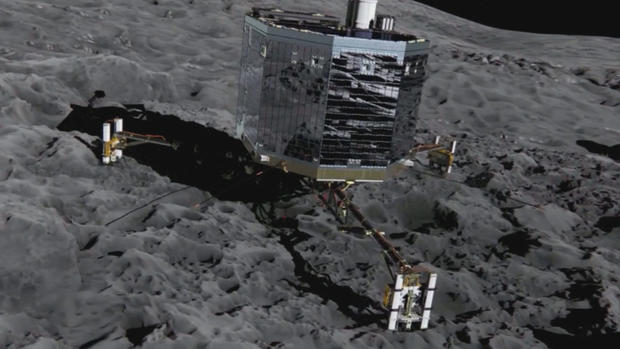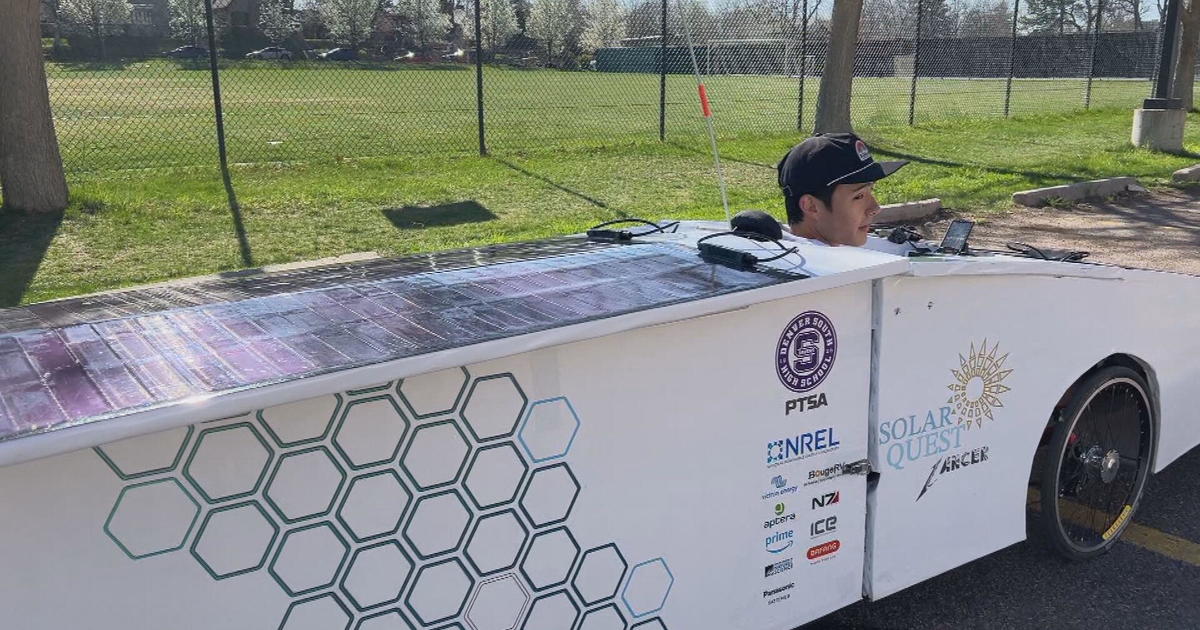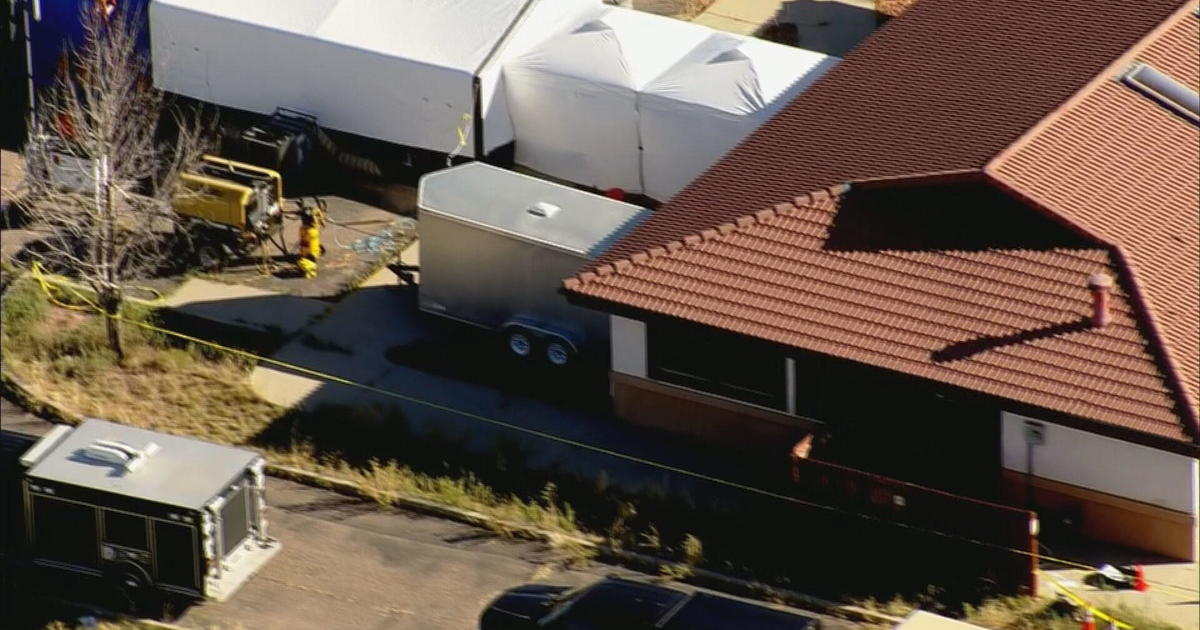1st Spacecraft Lands On Comet With Equipment Developed In Boulder
BOULDER, Colo. (CBS4)- An historic moment in space history happened on Wednesday: the first spacecraft to land on a comet. Some equipment on board was developed in Boulder to help understand the origin of the solar system.
The Rosetta Space Probe landed on Comet 67P Wednesday in the final stretch of a four billion-mile journey.
The European Space Agency launched the Rosetta in 2004. After a 10-year trip, it reached orbit around the comet in August.
Rosetta's lander detached on Wednesday and began a seven-hour descent.
"You're trying to catch a speeding bullet with another speeding bullet," Parker said. "There were a lot of things that could have gone wrong but they went right."
The lander is designed to collect and analyze material from the comet. One goal is to better understand how comets change as they pass into the inner solar system.
"Comets are the leftover debris of the solar system," Joel Parker with Boulder's Southwest Research Institute said. "They've been kept in cold storage waiting for us to study them."
The institute provided an ultraviolet spectrograph, called Alice, to the spacecraft.
According to its website, Alice is a compact, general-purpose UV imaging telescope/spectrometer, which is now flying aboard the ESA/NASA Rosetta asteroid flyby/comet rendezvous mission.
There are four Alice type instruments currently flying. In addition to the one on Rosetta (R-Alice), there is a Persi Alice on New Horizons; the LAMP (an instrument on Lunar Reconnaissance Orbiter (LRO); and finally, the UVS instrument onboard the Juno spacecraft to Jupiter.
A spectrometer is an instrument that separates light into its constituent wavelengths, like a prism, only better. An imaging spectrometer both separates the different wavelengths of light and produces an image of the target at each wavelength. The R-Alice experiment is aimed primarily at studying the gases released from the nucleus of comet 67 P/Churyumov-Gerasimenko in order to help understand the origin of our solar system.
"The comet is the time capsule from four and a half billion years ago when the solar system formed, and Rosetta is learning to read what has been hidden in that time capsule for four and a half billion years," Parker said.
The comet, which is leftover debris from the formation of the solar system, is 2.5 miles wide and weighs 10 billion tons.
It takes more than 28 minutes for commands from scientists in Germany to reach Rosetta because the spaceship is more than 300 million miles from earth.






